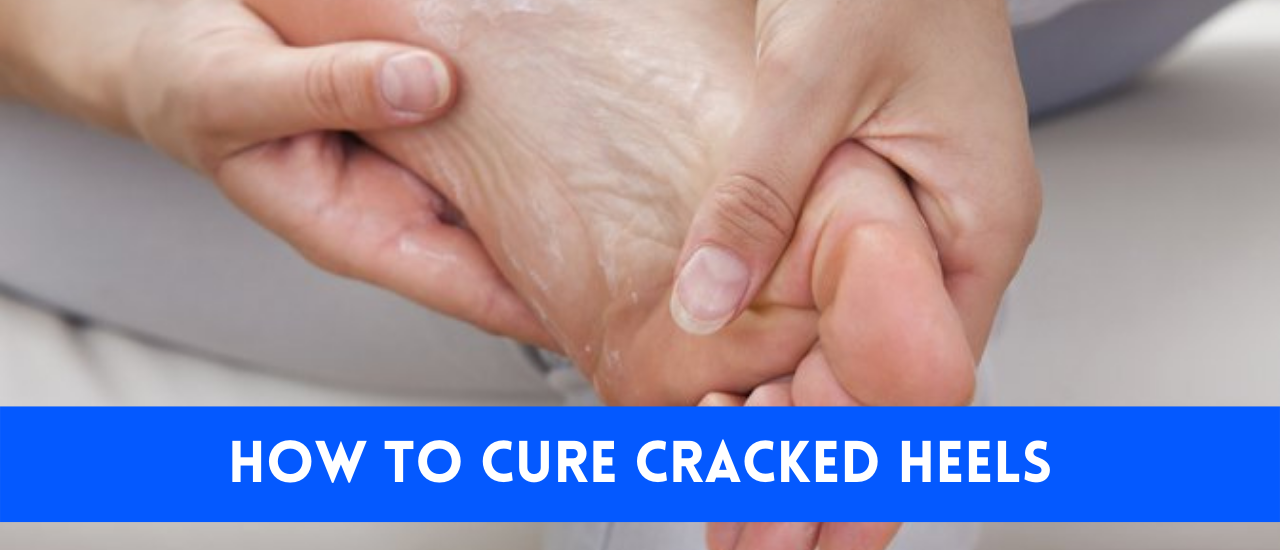


Cracked heels are one of the most frequent problems of the feet. They are generally not problematic, except being odd-looking. Cracked heels, also called heel fissures it occurs when the bottom and heels of your feet become dry, hard, flaky, or crusty because they’re constantly under pressure from shoes and walking. Fissures, or cracks, begin to form in the skin. The skin of the heel may also become yellow in color. Cracked heels tend to appear more often during the summer, as feet spend more time exposed and in sandals. Without proper exfoliation and hydration, the rate of callus or dry heel formation can accelerate. Although cracked heels are typically mild, in some cases they can lead to pain when doing daily activities that put pressure on the heels, including while walking and standing, itching, or bleeding.
Cracks in the heels are generally caused by insufficient moisture. These cracks can become sore and may even bleed. There are various causes of cracked heels.
Cold, dry weather, walking barefoot, and long, hot showers are just some of the reasons why you may have dry and cracked heels this winter. Understanding what causes dry, cracked heels and taking steps to prevent them can relieve the itch and pain that they can cause and leave you with softer, healthier skin this winter.
Lack of moisturizer is also the main reason of cracked heels. Wearing shoes that have an open back, or they may form as a result of a vitamin deficiency. If cracked heels are left untreated, severe pain, discomfort and bleeding may exist. They develop when there is a lack of moisture in the fat pad which can cause the skin to become dry and callused. Dry skin is the number one culprit in creating cracked heels. Many athletes, walkers, joggers, and even swimmers suffer from cracked heels. Age and skin oil production play a role to getting cracked heels as well.
Using harsh soap on the feet is responsible for heel cracks. Harsh soap contains chemicals that dried up your skin. So, you should be conscious while washing your feet.
Stay hygiene will help you stay healthy. You will remain safe from skin related problems if you keep your feet clean. And thus you stay safe from the heel cracks.
Mild scrubbing helps to remove hard skin from the heel and sole. But frequent and hard scrubbing can damage the skin’s protective layer. Your skin loses moisture more and it creates the cracks. Among the above-mentioned points, some are seriously responsible for heel cracks and some are not. But you should put your full attention on each point. And take proper care to keep your heels soft and smooth.
Obesity is an internal factor, but it affects externally. It creates excessive and unbearable pressure on the feet. And this leads your heels to get cracked.
The main reason of crack heels is dry skin. And one of the main reasons of dry skin is dehydration. If you habituate to drink less water, you will face dehydration. It not only affects your feet but also your entire health. Drinking enough water and soaking your foot regularly can help you to stay away from this situation.
If you wear open-backed shoes or the shoes contain hard soles, then you may suffer from the heel cracks. Back closed shoes create a barrier around your heels and soft padded soles provide comfort. Thus, your footwear keeps your heels safe from cracks. Secondly, too tight or too loose shoes may responsible for the cracked heel. Always wear the best-fitted shoes to get rid of this problem.